Week 25: Loopy Doodle Math
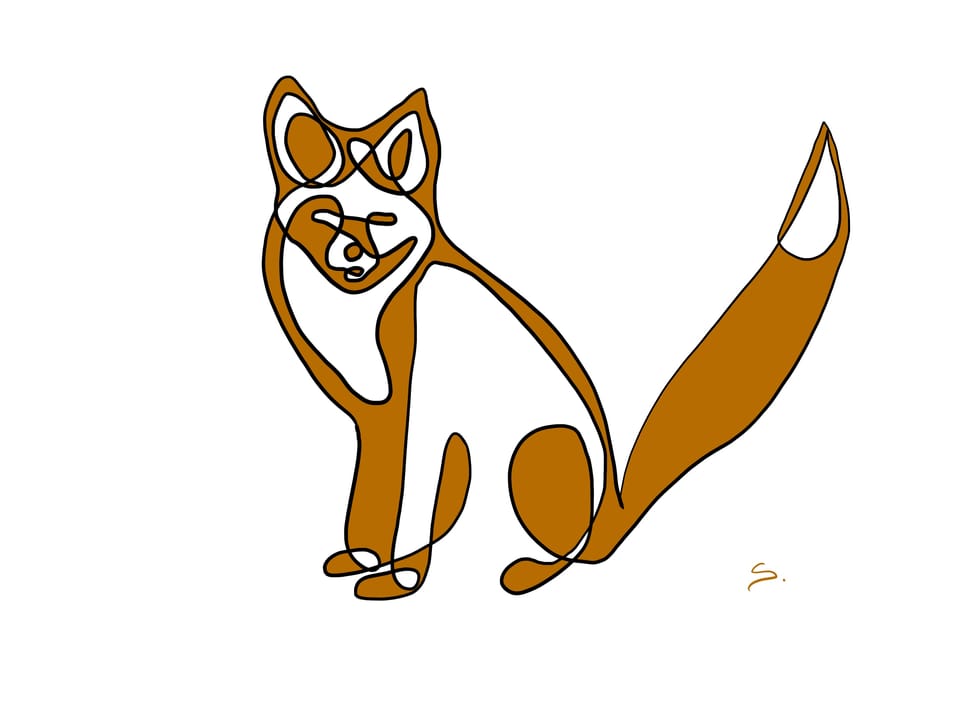
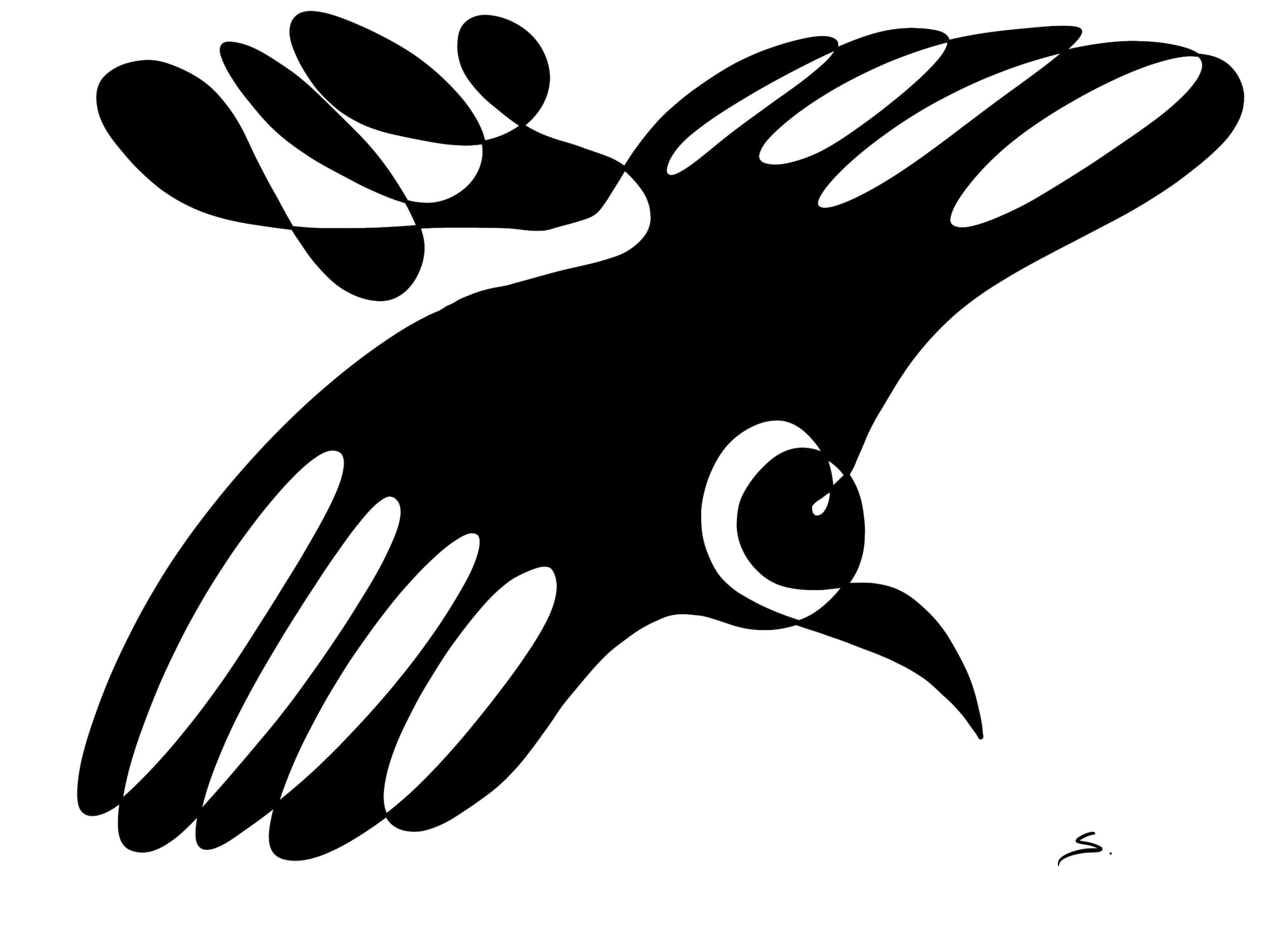
Doodling and math? Yes, we can play with doodles and see what patterns emerge. Finding patterns and problem-solving is a big part of math. For this week’s hands-on-math, learners are going to draw a loopy doodle where they start and end at the same point without lifting the pencil (or pen). Try to make sure that crossings are recognizable (not on top of each other). Once a doodle, or masterpiece, is created, then I encourage learners to color it in. Make lots of loopy doodles and see if any patterns or behaviors emerge. This is a great activity for discovery. Create birds, people, or city scenes with loops. Instead of coloring it in, learners can make knots by going over under, over under (erasers are good for this.)
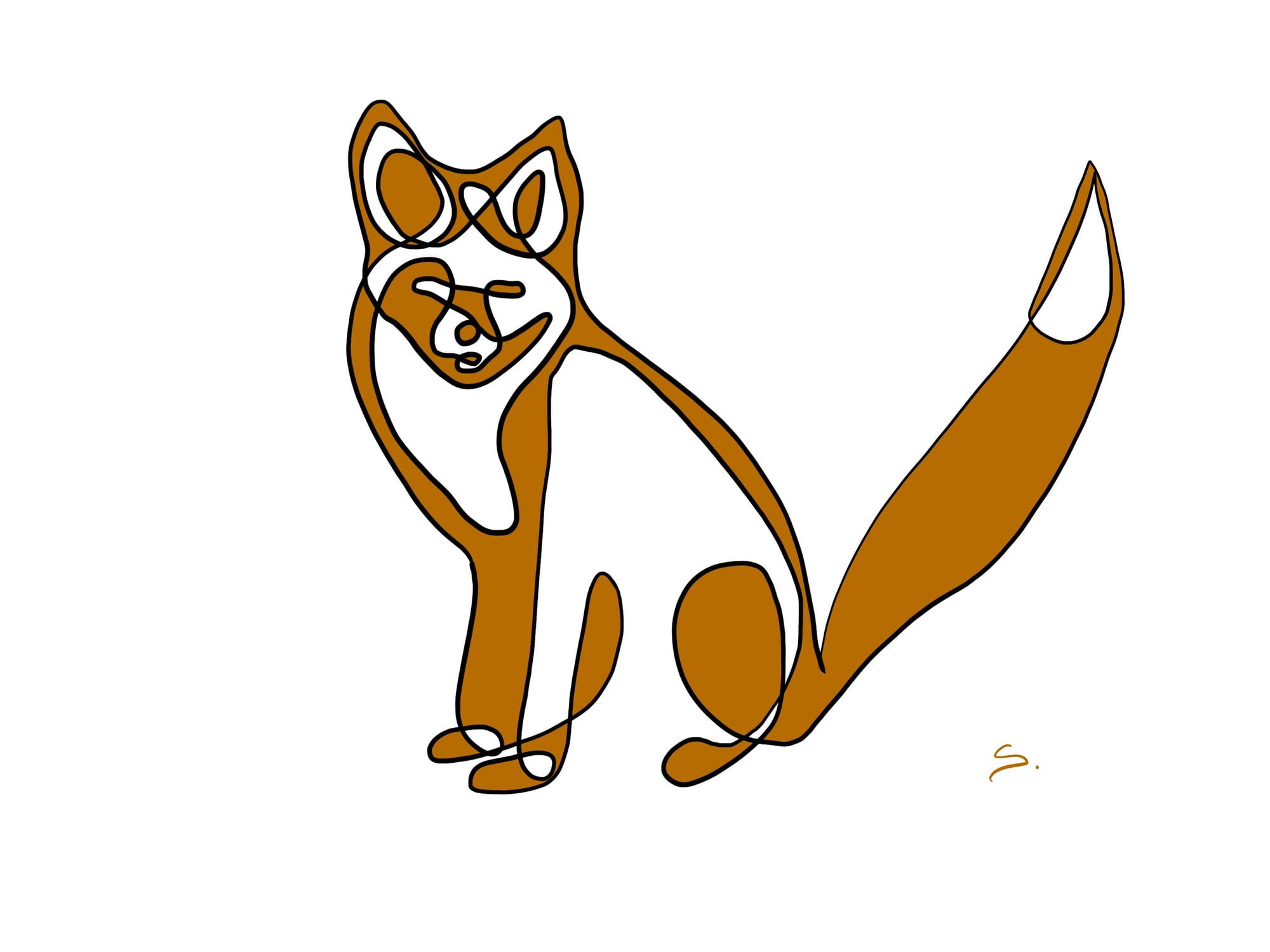
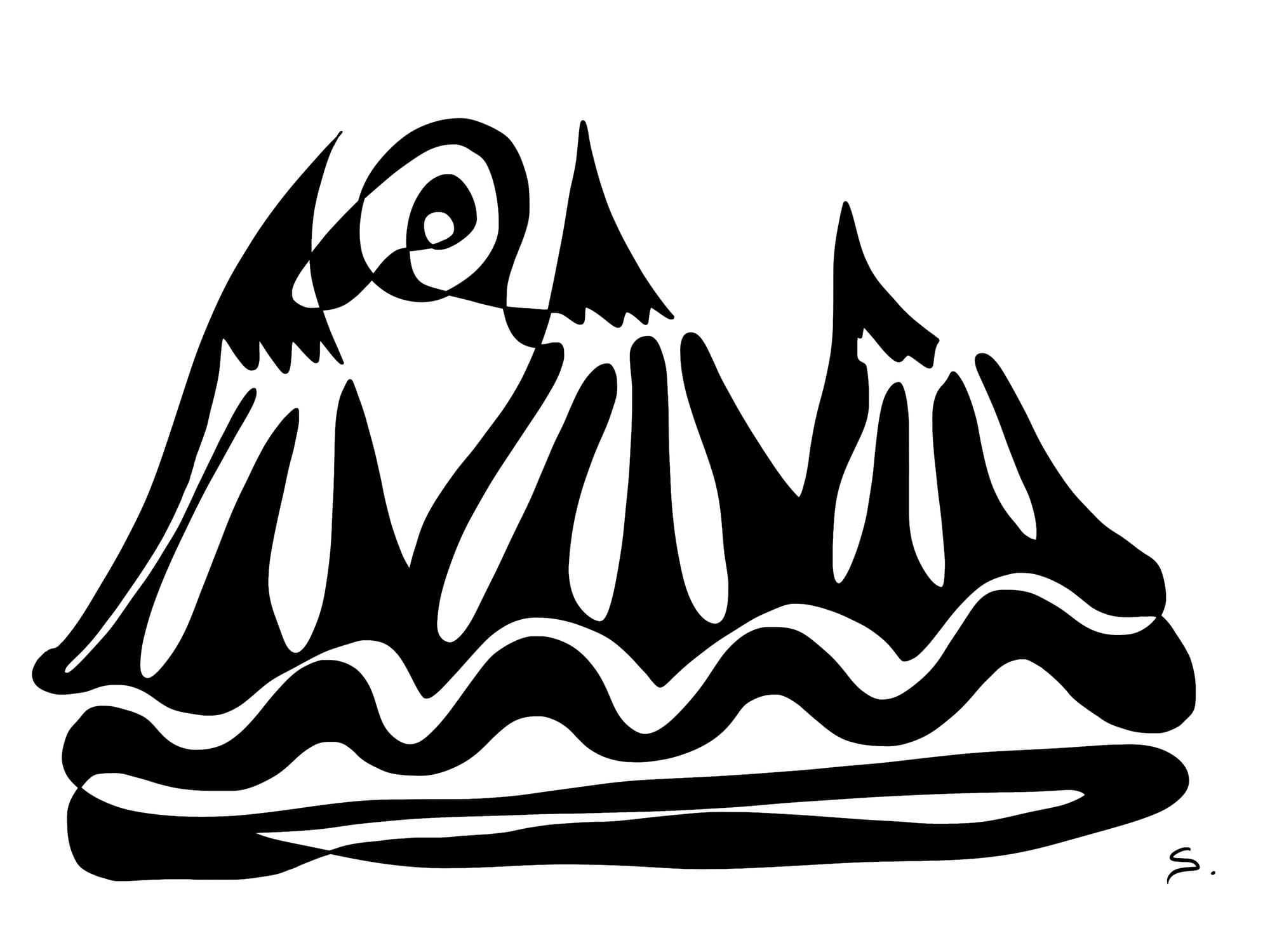
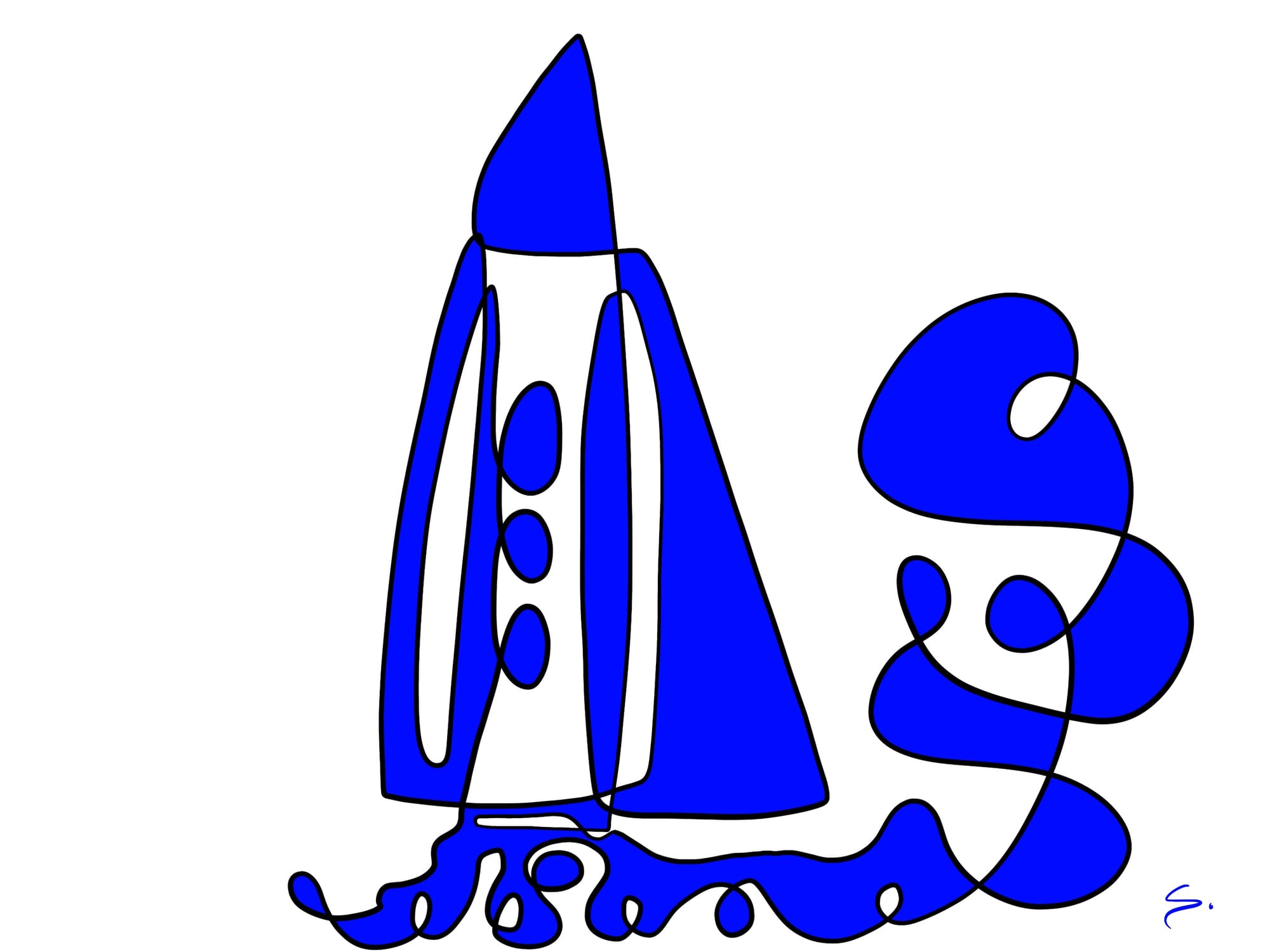
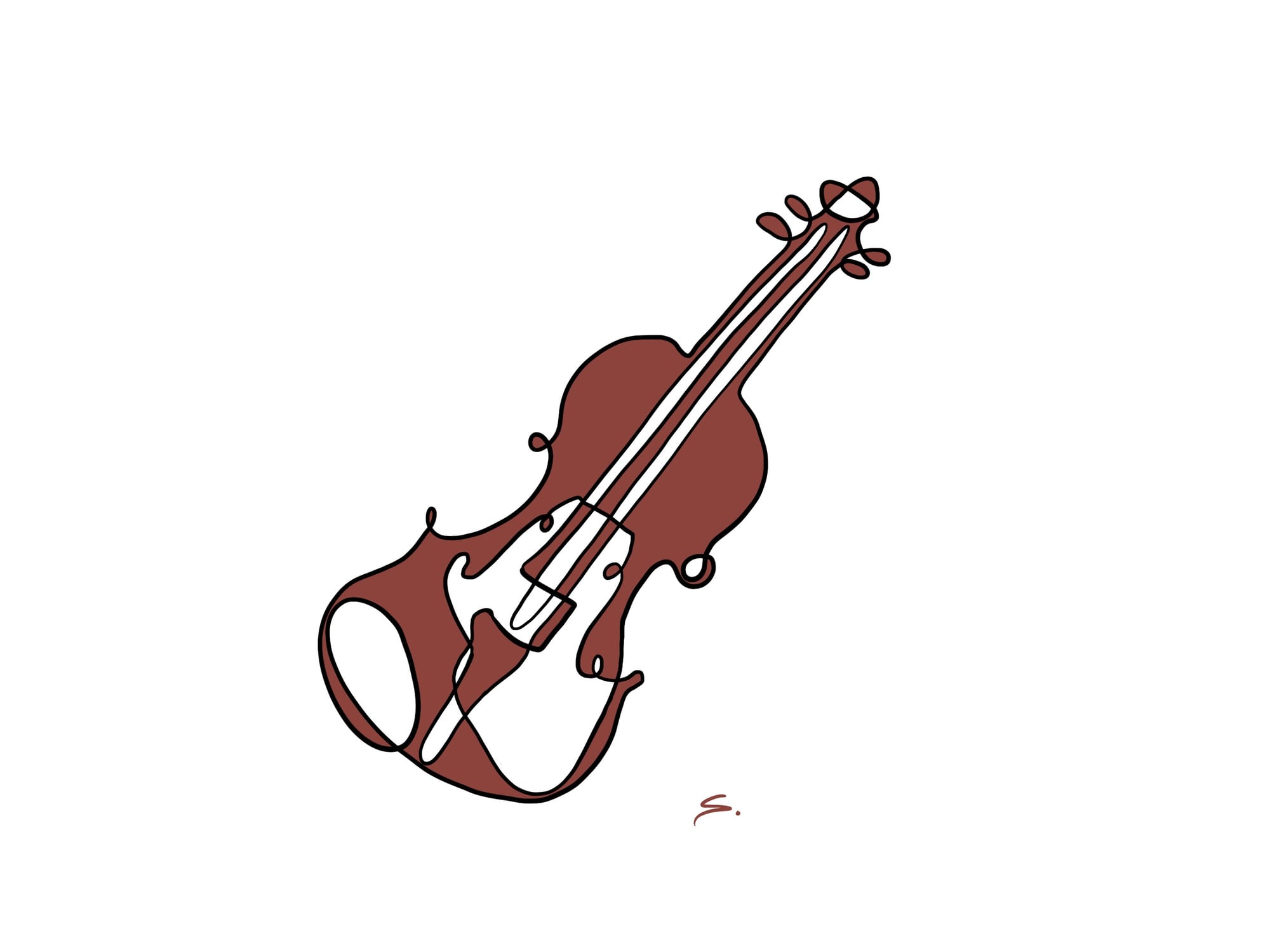
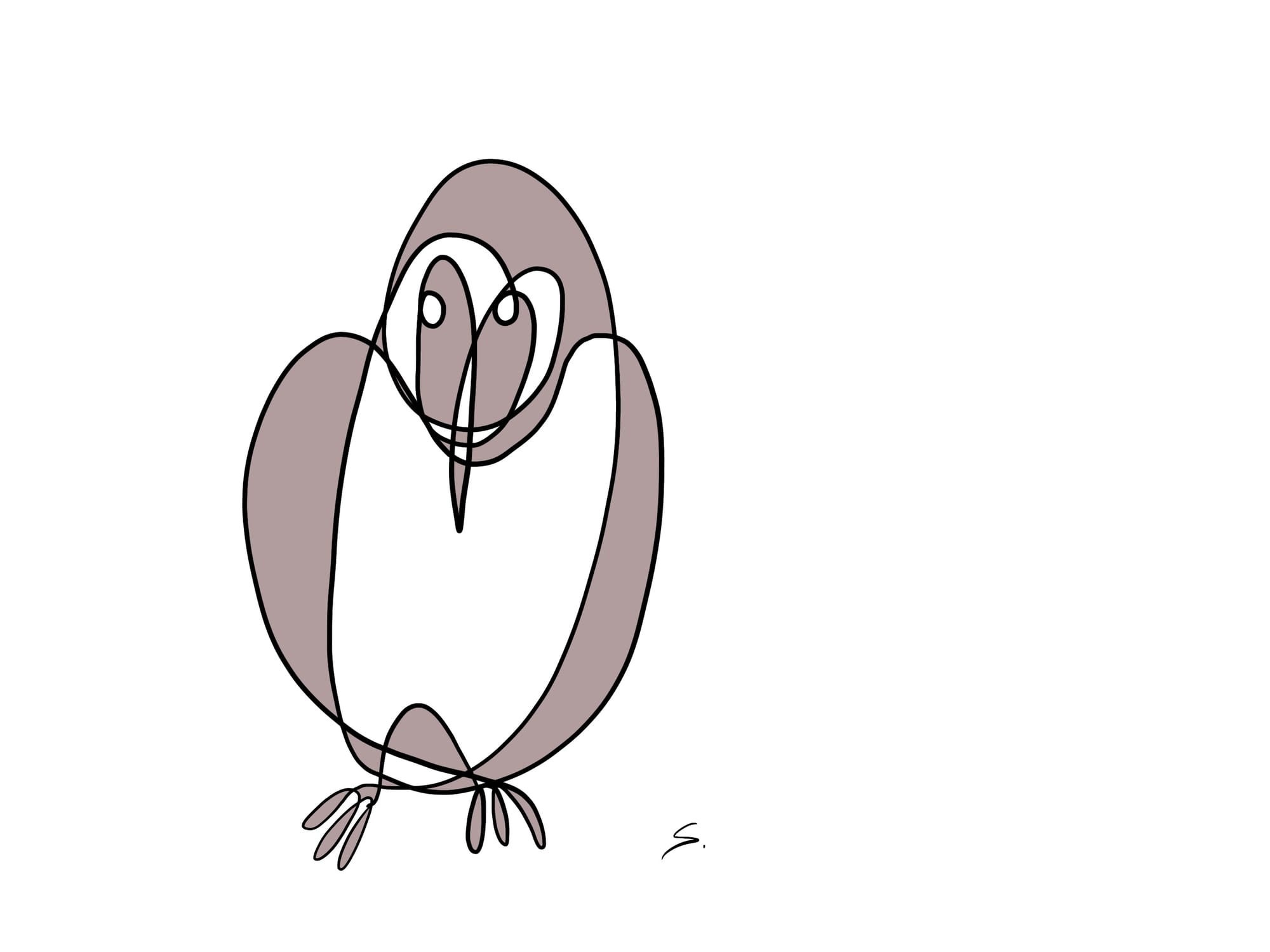
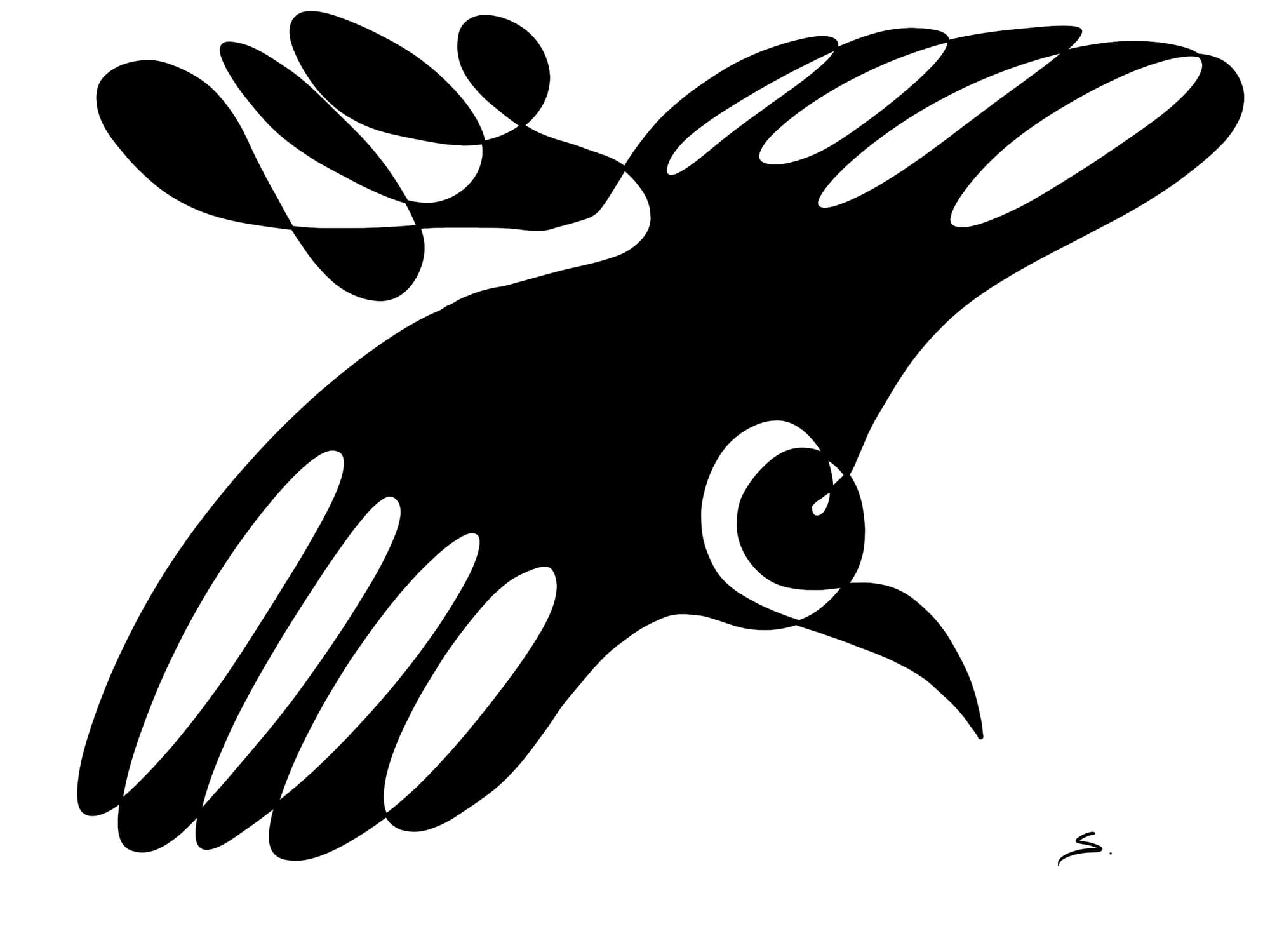
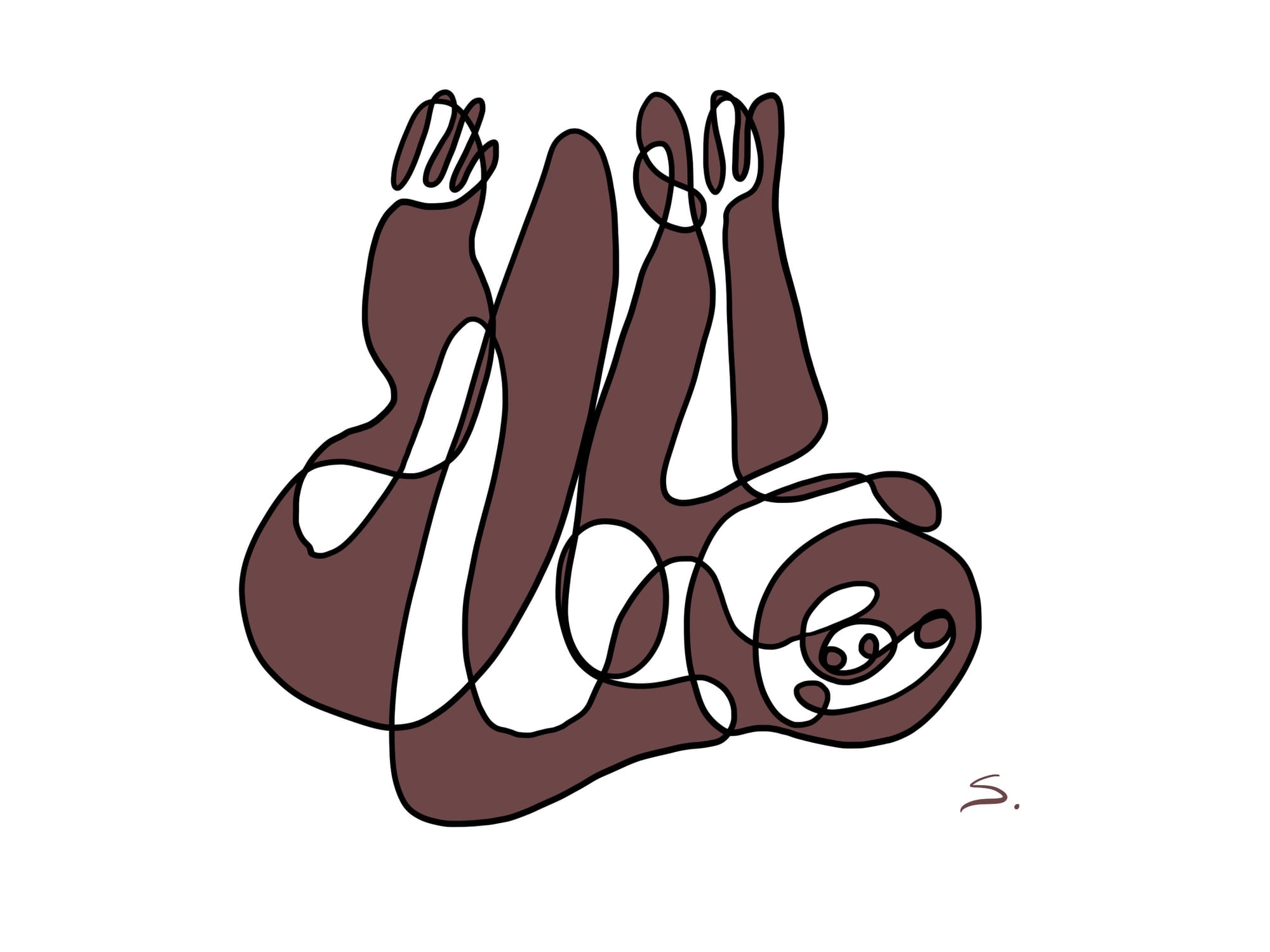
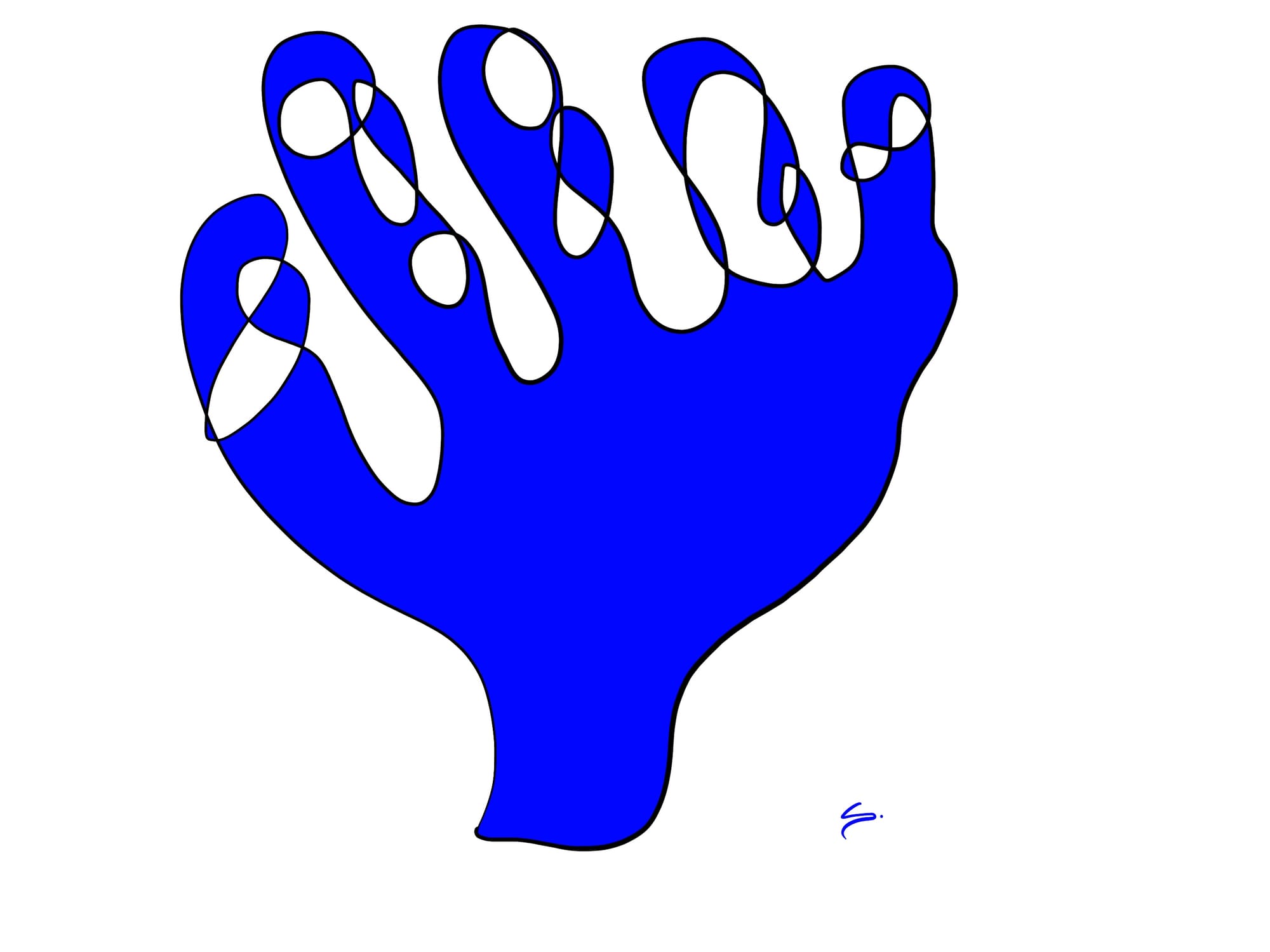
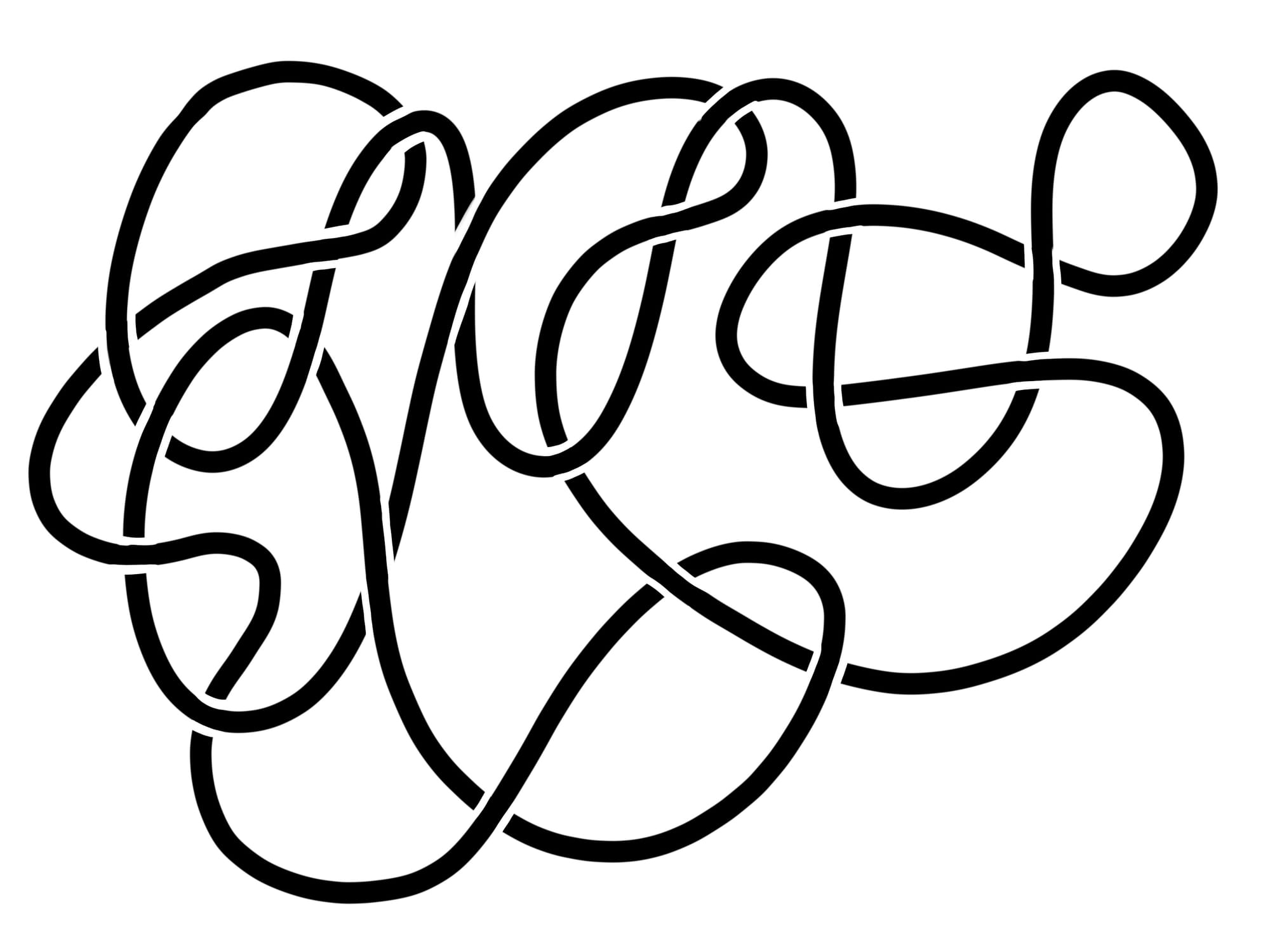
The patterns that emerge with these doodles are fun. What do you think of the negative spaces that are created? My daughter sat down for hours last week and drew one doodle after another after another and said, “Mom, no matter how I draw these, only one color will touch the outside.” I smiled and we talked about how important discovery is. I love that we have the precious time for doodles. She was excited (and not surprised) to hear that there is a whole area of math that looks at how to shade various maps, shapes, and even doodles. My daughter’s drawings are below (with her permission – the butterflies aren’t part of the knots, but definitely needed). She gets credit for picking this week’s math activity.
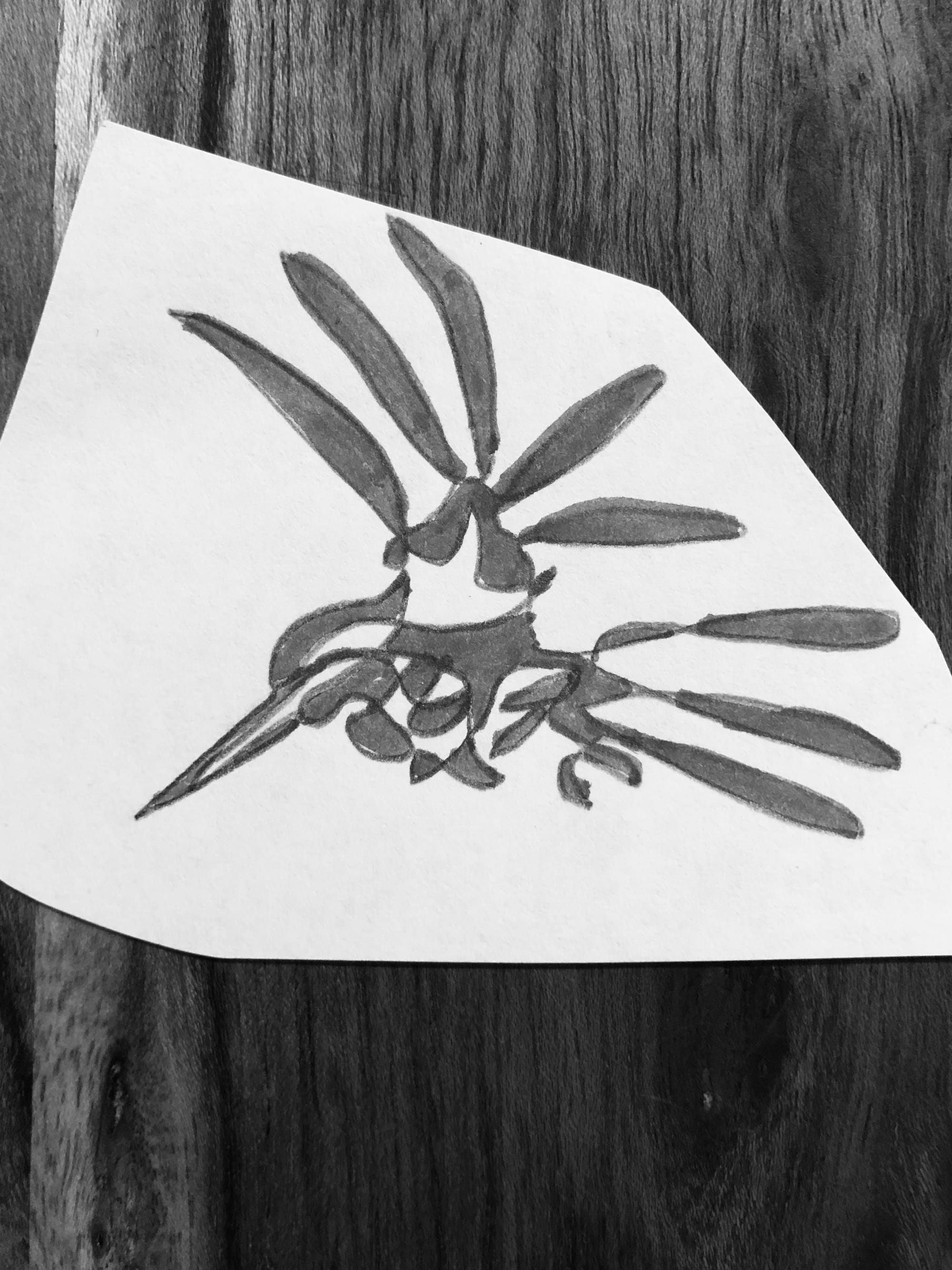
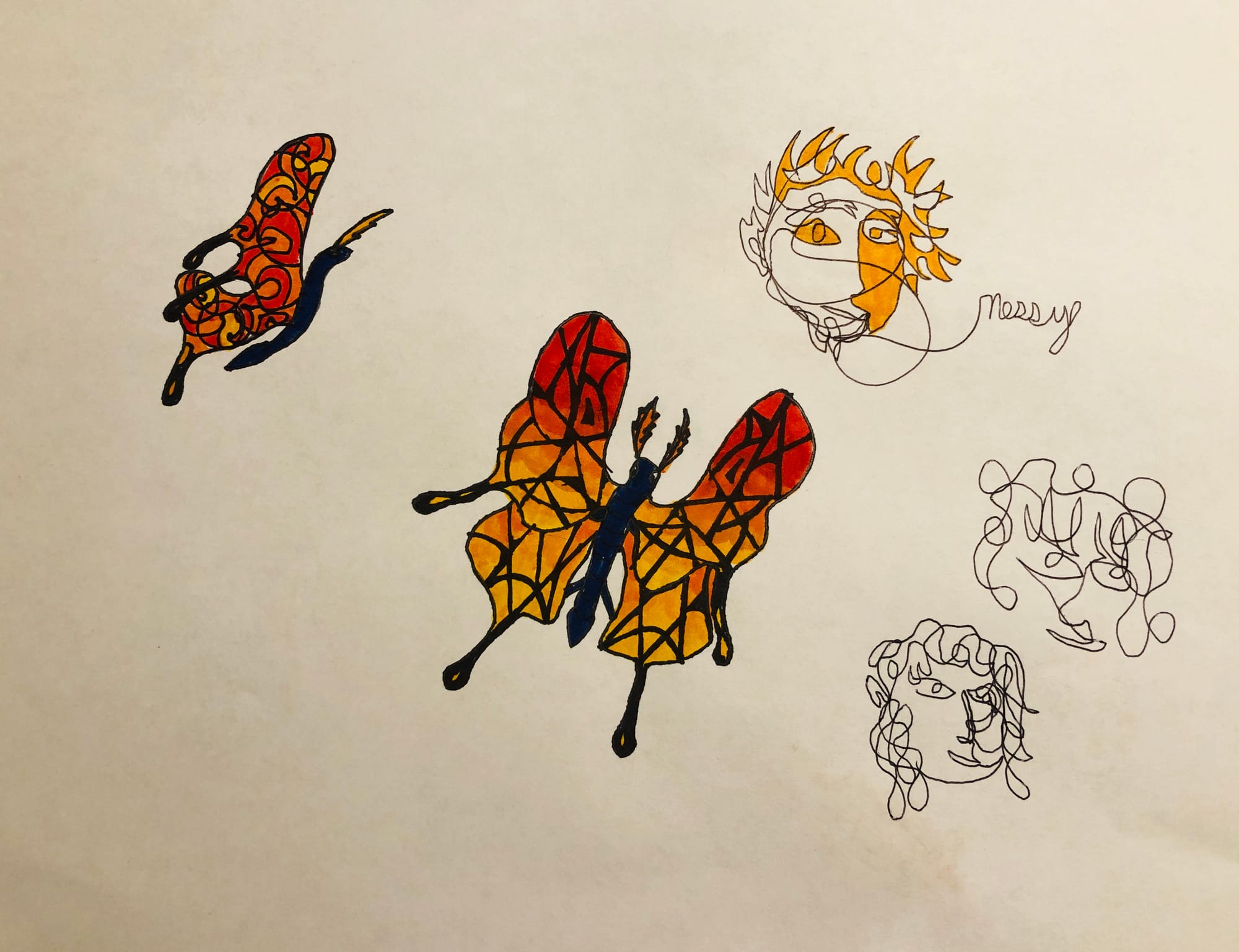
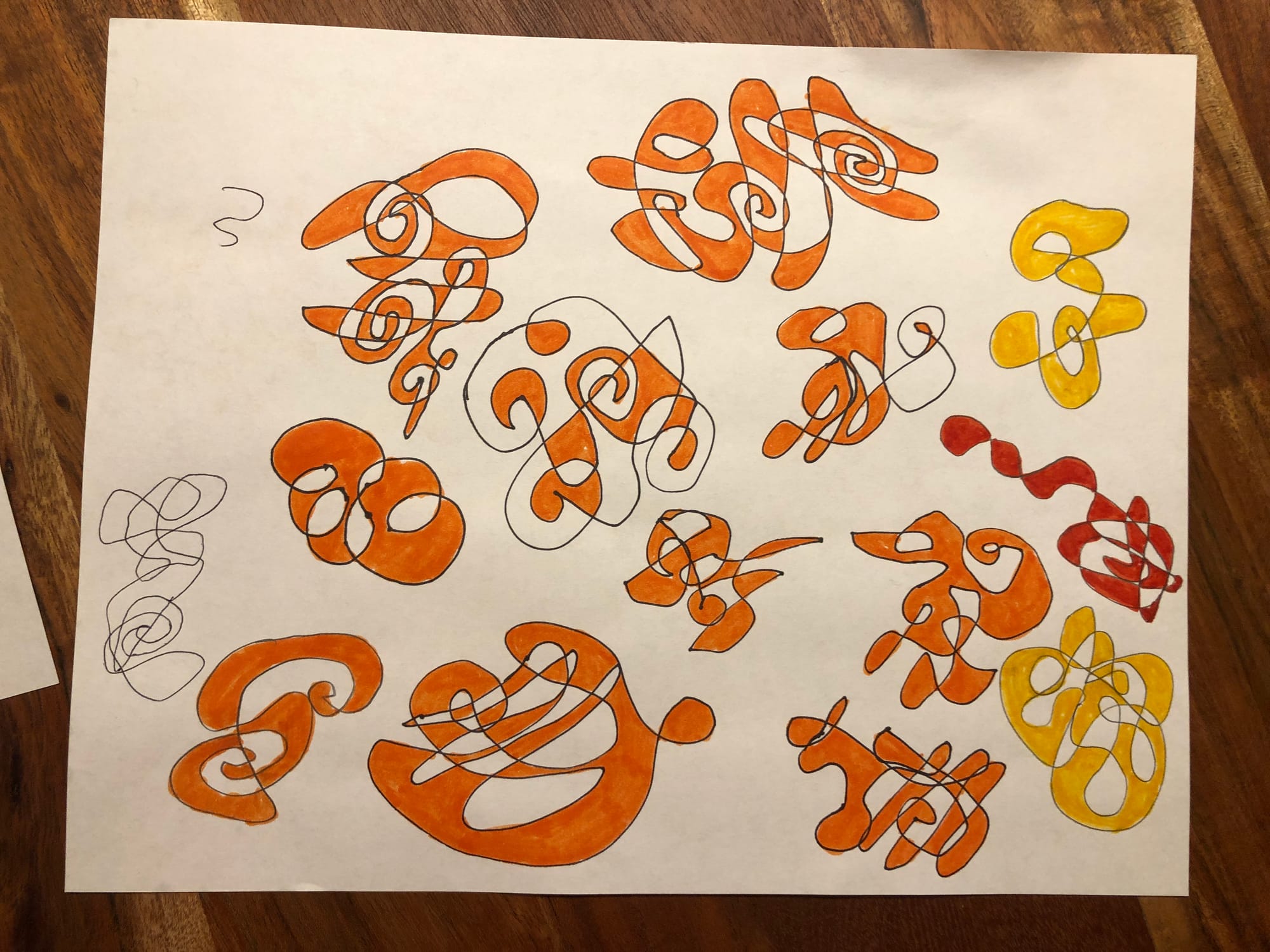
Extra questions:
Do you ever need more than two colors to shade these in?
If you tangle more than one loopy doodle together, does it still work out for shading? What about knots?
Can you classify some of your knots? (count your crossings)
Here is a chalkdust magazine article that has a lot more fun and deep dives into this topic.
